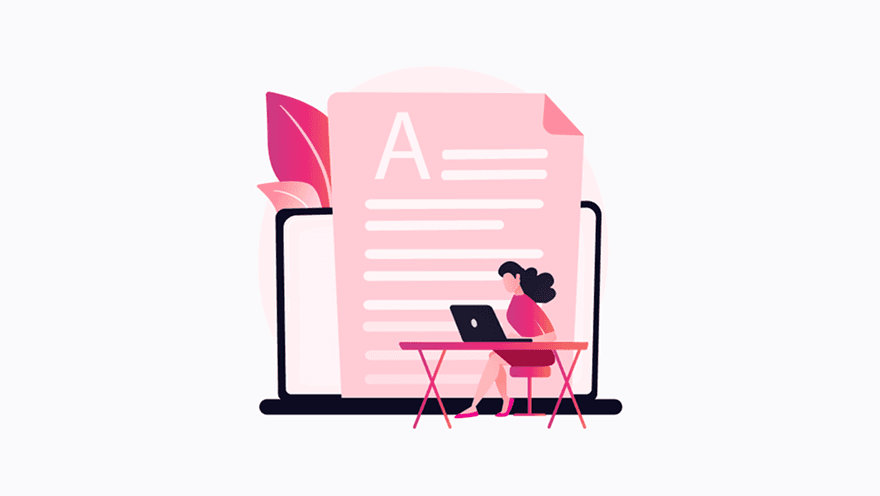What is an investment analyst?
An investment analyst is a person who works in finance and comes up with and suggests investment plans for clients or employers. They spend a lot of their time researching and analysing stocks, bonds, commodities, and other types of funds and assets. Then, they use this information to make financial models and projections, which they use to write reports and give their suggestions. Investment analysts work for banks, brokerage firms, and private equity firms, among other places in the finance and securities industries. Some analysts focus on a specific area, such as a particular industry, location, or type of asset.
How to get a job as an investment analyst:
The process of becoming an investment analyst can be broken down into the following steps:
-
Get your Bachelor's.
Investment analyst jobs usually require at least a bachelor's degree in a field related to the job. A degree programme gives you the skills and knowledge you need to be successful in this field. The coursework includes economics, advanced math and statistics, corporate finance, and accounting basics.
-
Gain relevant experience
Look for financial internships to learn more about the industry. This gives you a chance to use the skills and knowledge you've learned in school in the real world. In some cases, companies use internships to find good candidates who they can hire after they graduate.
-
Get an industry certification
Getting a Chartered Financial Analyst certification is usually needed to work as an investment analyst (CFA). For admission, you must have a bachelor's degree, four years of work experience, or both (which adds up to four years). You have to pass three tests as part of this certification programme.
You can apply for a job as an investment analyst once you get your CFA certification. Take the initiative at your job, and always keep upskilling so you can continue to grow. You can opt for free online finance courses like the ones provided by Glow & Lovely Careers (formerly known as Fair & Lovely Career Foundation). Consider pursuing a master's degree as well. It can help you advance your career as an investment analyst.
What does an investment analyst do?
The main job of an investment analyst is to figure out what their stakeholders need, predict how potential investments will turn out, and look for ways to help stakeholders reach their financial goals. A typical day at work includes:
-
doing research and collecting financial information about businesses and markets
-
Meeting with clients or bank reps to find out what their financial goals and needs are
-
studying how stocks, bonds, and markets have done in the past and how they are doing now
-
Collecting and analysing financial data to look at portfolios and opportunities
-
helping investment bank employees come up with new financial products
-
Using spreadsheets and other financial software to put together reports on portfolios, transactions, and projections
-
Putting together presentations to show financial predictions or try to get investors interested
-
giving advice on specific investment opportunities, companies, or markets
Take a free career guidance test to know more about the job and if it is the right one for you. You can take one at Glow & Lovely Careers (formerly known as Fair & Lovely Career Foundation).

